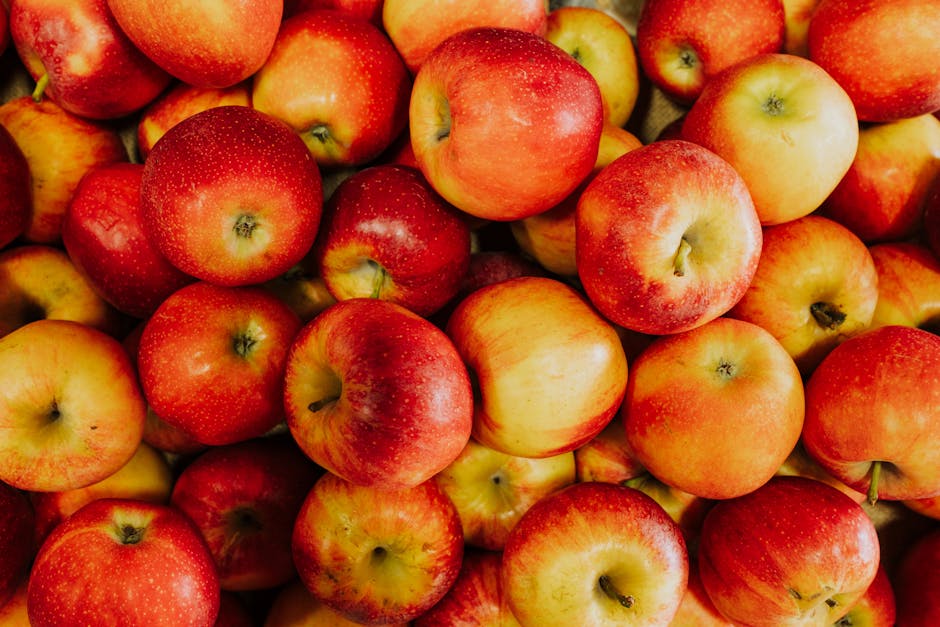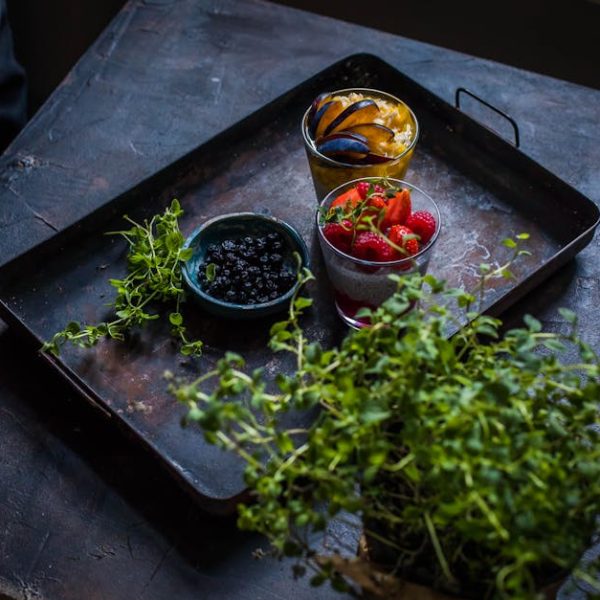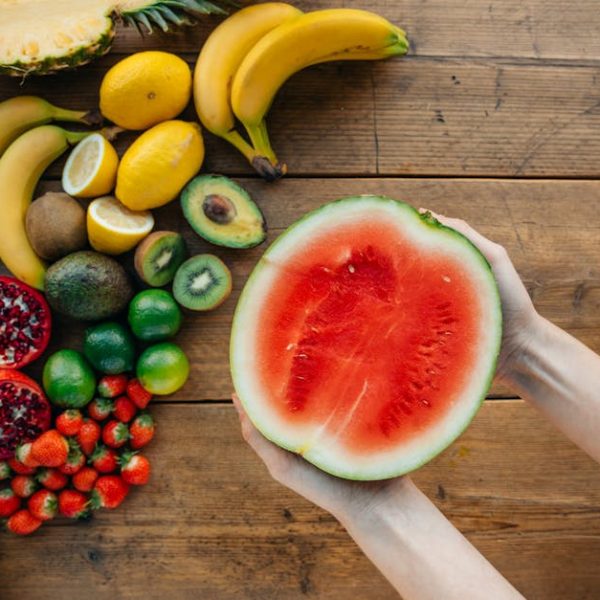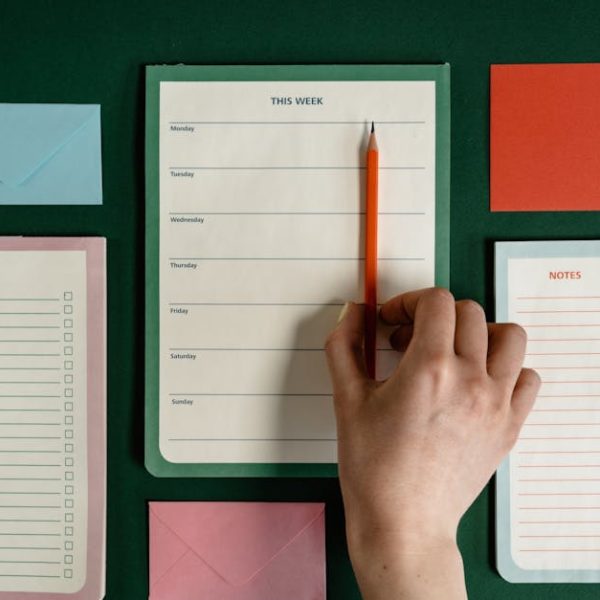The joy of biting into a crisp, juicy apple isn’t exclusive to apple-picking season. With the right techniques, you can savor this delicious fruit all year round. Understanding how to freeze apples properly can offer a host of culinary benefits, from sudden pie-baking urges to making smoothies without needing ice. This guide outlines over seven genius tips for freezing apples easily and efficiently.
Selecting and Preparing Apples for Freezing
The foundation of great-frozen apples starts with the selection process. The freshness and ripeness of apples determine their freeze-ability. Apples should be unbruised, ripe, and of a variety known to freeze well. Examples of these apple types include Golden Delicious, Gala, and Rome. After selecting the perfect apples, clean them properly to eliminate dirt and other impurities. It’s essential to remove the core, stem, and seeds, as these parts can affect the quality of your frozen apples.
Best Practice: Always remember to wash your hands and clean your work area before you start. This practice ensures minimal cross-contamination risks and assures quality frozen apple portions.
Blanching Apples before Freezing
Preserve the apples’ color, texture, and flavor with blanching – a technique involving briefly boiling the fruit then quickly cooling them in ice water. This method helps slow enzyme activity that can degrade the quality of your frozen apples. The trick to easy blanching involves using a blanching basket or a large strainer, making the transfer of apples from the hot water to ice water hassle-free.
Pro Tip: Timing is crucial for blanching. Too long and your apples may become too soft; too short may not effectively slow down enzymatic action. Stick to a blanching time of roughly 90 seconds for the best results.
Using Sugar or Syrup Solution
Sugar or syrup solutions not only serve to preserve the taste of your apples but also their color. The additional sweetness can complement apples in dessert recipes. Sugar solutions are simpler and less messy, while syrup solutions yield moister apples after thawing. The choice between sugar and syrup solutions will ultimately depend on your personal preference and how you plan to use the thawed apples.
Pro Tip: Preparing the ideal sugar or syrup solution depends on the sweetness of your apples. For instance, tart apples often require a sweeter solution than sweeter apple varieties.
Appropriate Packaging for Freezing Apples
Equally important is the choice of container for freezing your apples. The right packaging can help prevent freezer burn – a condition caused by air reaching your fruit and causing it to dry out. Plastic freezer bags or airtight containers designed specifically for freezing use are top choices. From zip-top bags to freezer-safe glass containers, each has its pros and cons and depends on the user’s practicality and convenience.
Pro Tip: When packaging apples, try to pack them as tight as possible to eliminate air, but not too tight as the fruit needs some room for expansion when it freezes.
Labeling and Storing Frozen Apples
Once packed, don’t forget to label your containers or bags with the date of freezing and the apple variety. This practice helps you rotate and consume your stock based on their fridge life. Storing your apples in a part of the freezer where the temperature remains consistently cold helps maintain their quality over time.
Best Practice: To get the most out of your frozen apples, use them within 9-12 months. Longer storage is possible but the quality and nutritional value may start to decline.
Using and Thawing Frozen Apples
When it’s time to use the apples, thawing procedures will vary based on the intended use. If you’re using them for hot dishes or baked goods, you can generally add them straight into the mix. For other uses, it’s best to thaw in the refrigerator overnight. Some popular ways to use frozen apples include pies, sauces, smoothies, or muffins – essentially, any recipe where a softer texture is desired.
Pro Tip: Avoid thawing and refreezing apples multiple times. This can lead to texture and flavor loss. Use what you need and keep the rest frozen for future use.
Bonus Tips for Freezing Apples
Want to level up your apple freezing game? Try tossing your apple slices in a bit of lemon juice before freezing to prevent browning. Or try tray freezing, where you freeze the slices individually on a tray before bagging – this means no more clumps of apple slices frozen together.
Pro Tip: These ‘bonus’ methods do require a bit more effort, but can significantly enhance the quality, taste and texture of your frozen apples. Give them a try and see if you notice the difference!
Key Takeaway:
- The process of freezing apples involves careful selection and preparation of fresh and ripe apples.
- Blanching apples before freezing helps retain color and texture.
- Using sugar or syrup solutions can aid in preserving the taste and color of apples during freezing.
- Proper packaging is crucial to avoid freezer burn and maintain the quality of frozen apples.
- Correct labeling and storage of frozen apples ensure their rotation and usage before expiry.
- Safely thawing and using frozen apples can be done in various recipes.
- There are advanced tips for freezing apples that can enhance the taste and texture of frozen fruits.
In conclusion, proper understanding and application of various freezing techniques can ensure the consumption of high-quality apples regardless of the season. With these actionable tips, you can enjoy fresh apples in your favorite recipes all year round.
FAQs
Q: Is there any type of apple that is not suitable for freezing?
A: While most apple varieties can be frozen, some might not retain their texture and taste as well during the freezing process. It’s best to experiment with small quantities of different varieties to determine the ones that freeze best for you.
Q: How long does it take for apples to freeze completely?
A: Generally, it takes about 24 hours for apples to freeze completely – but this could vary depending on your freezer’s settings and how packed it is.
Q: Can I use other solutions besides sugar or syrup when freezing apples?
A: Yes, some people also use fruit juice or plain water, although these may not preserve the apples’ taste and color as well as sugar or syrup solutions.
Q: What are some common issues when freezing apples, and how can I avoid them?
A: The most common issues when freezing apples are freezer burn and discoloration. To avoid these, ensure the apples are properly packaged in airtight containers or bags and consider blanching or using a sugar syrup solution before freezing.
Q: Can I freeze whole apples?
A: While it is possible to freeze whole apples, it’s generally not recommended as the texture can significantly change during freezing and thawing, making them less enjoyable to eat. Slicing or chopping the apples into pieces before freezing usually provides better results.
Remember to share this article and visit our website for more practical tips and guidance on a variety of topics.






